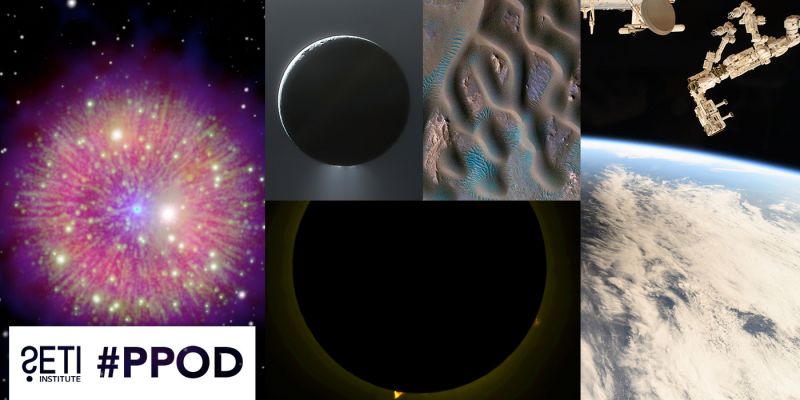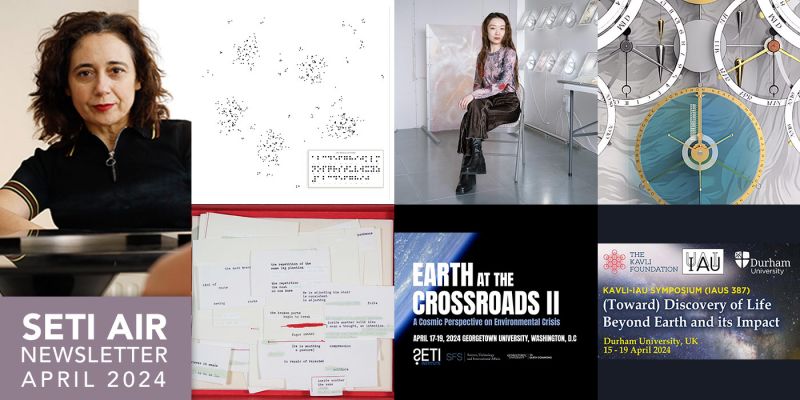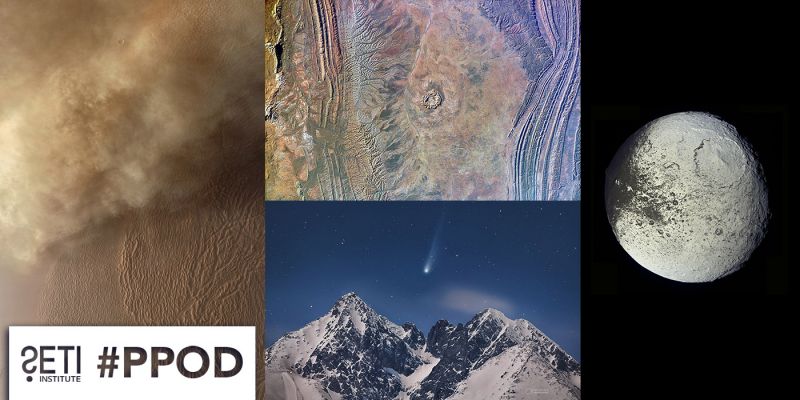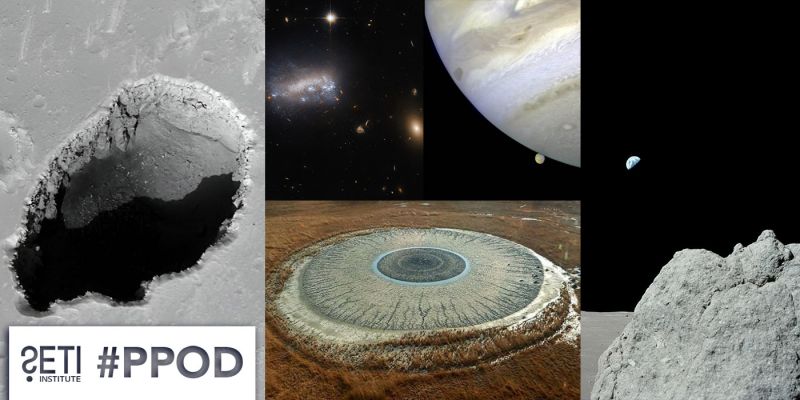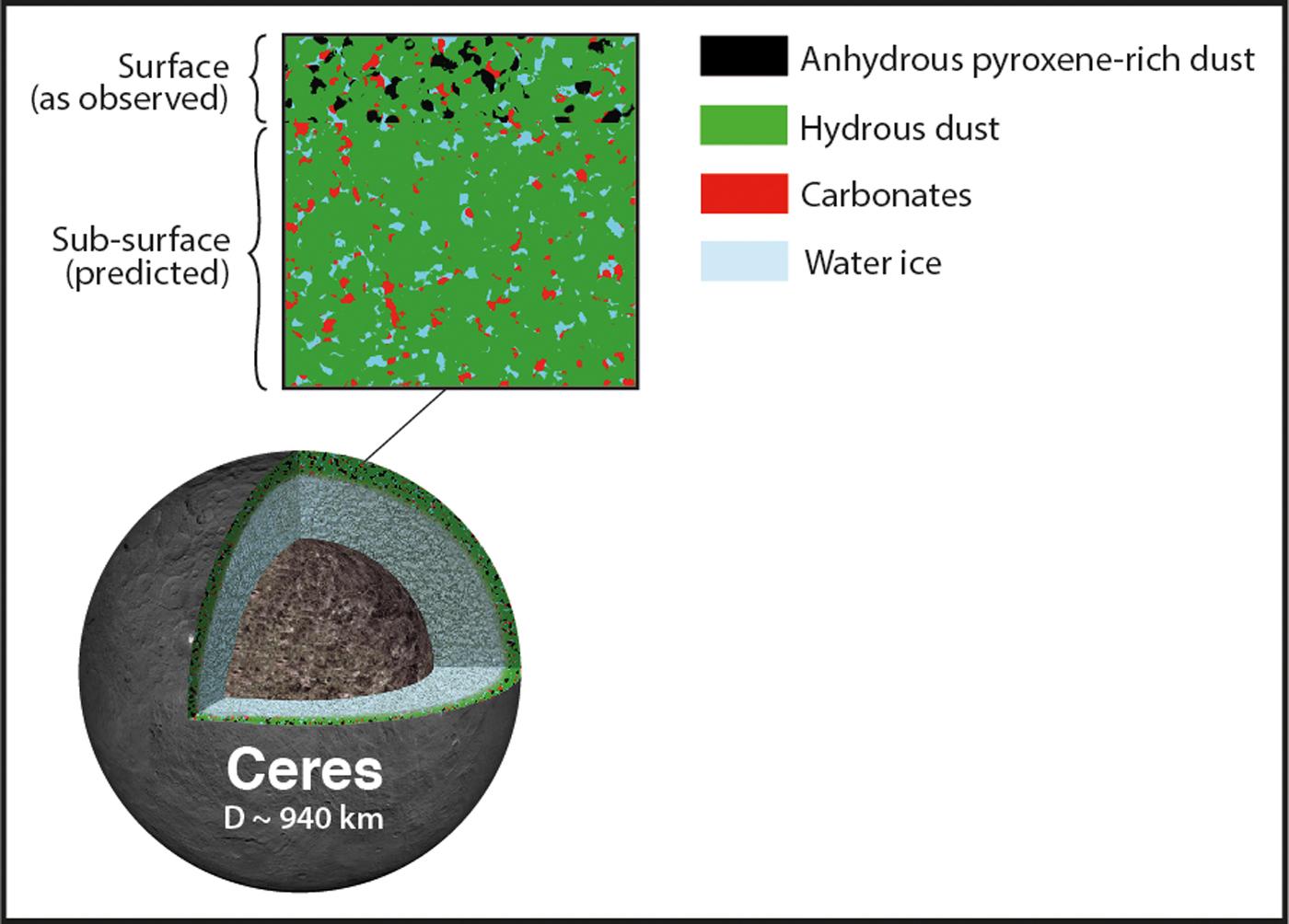
MOUNTAIN VIEW – The appearance of small bodies in the outer solar system could be deceiving. Asteroids and dwarf planets may be camouflaged with an outer layer of material that actually comes from somewhere else.
Using data primarily gathered by SOFIA, NASA’s Stratospheric Observatory for Infrared Astronomy, a team of astronomers has detected the presence of substantial amounts of material on the surface of Ceres that appears to be fragments of other asteroids. This is contrary to the currently accepted surface composition classification of Ceres, suggesting that the largest body in the asteroid belt between Mars and Jupiter is cloaked by material that has partially disguised its real makeup.
“We find that the outer few microns of the surface is partially coated with dry particles,” says Franck Marchis, Senior Planetary Astronomer at the SETI Institute. “But they don’t come from Ceres itself. They’re debris from asteroid impacts that probably occurred tens of millions of years ago.”
Ceres is considered to be both an asteroid and a dwarf planet, the only dwarf planet located in the inner solar system. Astronomers have classified Ceres, as well as 75 percent of all asteroids, as belonging to composition class “C” based on their similar colors. But the mid-infrared spectra from SOFIA show that Ceres differs substantially from C-type asteroids in nearby orbits, challenging the conventional understanding of the relationship between Ceres and smaller asteroids.
“By analyzing the spectral properties of Ceres we have detected a layer of fine particles of a dry silicate called pyroxene. Models of Ceres based on data collected by NASA’s Dawn as well as ground-based telescopes indicated substantial amounts of water-bearing minerals such as clays and carbonates,” explains Pierre Vernazza, research scientist in the Laboratoire d’Astrophysique de Marseille. “Only the mid-infrared observations made using SOFIA were able to show that both types of material are present on the surface of Ceres.”
Ceres' surface is contaminated by a significant amount of dry material while its the area below the crust contains essentially water-bearing materials. The mid-infrared observations revealed the presence of dry pyroxene on the surface probably coming from interplanetary dust particles. The internal structure of the Dwarf Planet Ceres was derived from the NASA Dawn spacecraft data. Click for larger image.
To identify where the pyroxene on the surface of Ceres came from, Vernazza and his collaborators, including researchers from the SETI Institute and NASA’s Jet Propulsion Laboratory, turned to interplanetary dust particles (IDPs) that are commonly seen as meteors when they streak through Earth’s atmosphere. The research team had previously shown that IDPs blasted into space by asteroid collisions are an important source of material accumulated on the surfaces of other asteroids. The implication is that a coating of IDPs has caused Ceres to mimic the coloration of some of its dry and rocky neighbors.
Ceres and asteroids are not the only instance in which material transported from elsewhere has affected the surfaces of solar system bodies. Dramatic examples include the red material seen by New Horizons on Pluto’s moon Charon and Saturn’s two-faced moon Iapetus. Planetary scientists also hypothesize that material from comets and asteroids provided a final veneer to the then-forming Earth – a coating that included substantial amounts of water plus the organic substances of the biosphere.
This study resolves a long standing question about whether surface material accurately reflects the intrinsic composition of an asteroid. These results show that by extending observations to the mid-infrared, one can better identify the composition of an asteroid. According to Vernazza, “the detection of some ammoniated clays mixed with the watery clays on Ceres raises the possibility that the dwarf planet might have formed in the outer reaches of the solar system and somehow migrated to its current location.”

“SOFIA, is the only observatory, currently operating or planned, that can make such observations, essential to understanding the true nature of these objects” says Marchis. “The bottom line is that seeing is not believing when it comes to asteroids. We shouldn’t judge these objects by their covers, as it were.”
For More Information about SOFIA:
- http://www.nasa.gov/sofia
- http://www.dlr.de/en/sofia
- http://www.seti.org/media/hangouts/sofia-update
Additional links:
- Article on LAM (French)
- Article on The Astronomical Journal
- Mid-infrared light reveals a contaminated crust around Ceres on Cosmic Diary
About the SETI Institute
Founded in 1984, the SETI Institute is a non-profit, multi-disciplinary research and education organization whose mission is to lead humanity’s quest to understand the origins and prevalence of life and intelligence in the Universe and to share that knowledge with the world. Our research encompasses the physical and biological sciences and leverages expertise in data analytics, machine learning and advanced signal detection technologies. The SETI Institute is a distinguished research partner for industry, academia and government agencies, including NASA and NSF.
Contact information
Science Contact:
Franck Marchis
Email: fmarchis@seti.org
Media contacts:
Nicholas A. Veronico
Email: NVeronico@sofia.usra.edu
Seth Shostak
Tel: 650 960-4530
Email: seth@seti.org


